

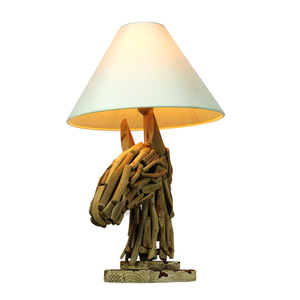
In the installation process of high pole lights, setting the tension spring is an extremely important part. Many customers and friends are not too clear on how to set up, and if the important component of the tension spring is set improperly, it will easily cause some unnecessary troubles. Next, let's follow the professional high-pole lamp manufacturers to learn how to set the tension spring.1. Disconnect the power supply, open the box machine, loosen the box cover screws, and remove the bo
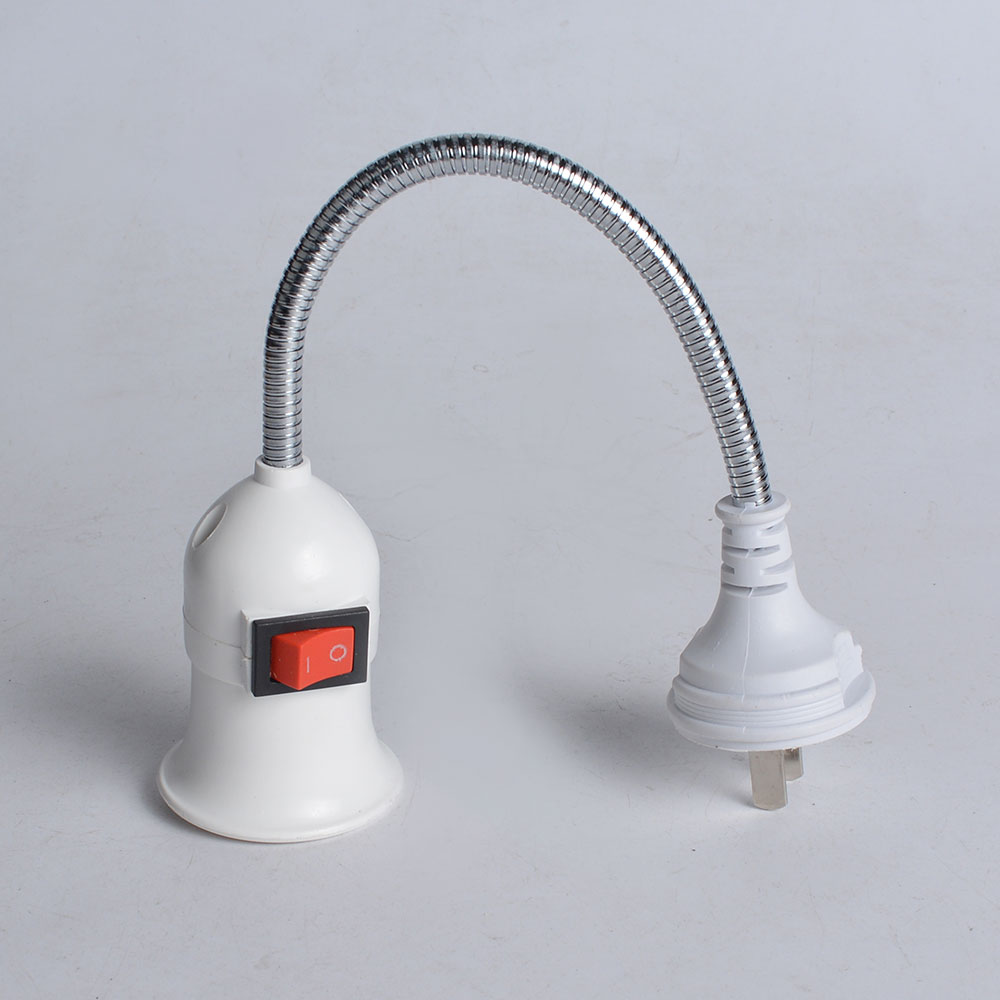
There are many manufacturers that can produce LED lamp holders, and we can also notice that the quality of the products produced by various manufacturers is uneven, and this brings difficulties to the choice of customers and friendsThe LED fluorescent lamp can save more than 80% of electricity, and its life span is more than 10 times that of ordinary lamps. It is almost maintenance-free, and the cost saved in about half a year of bayonet lamp holders can be exchanged for the cost. 2. Noisy an
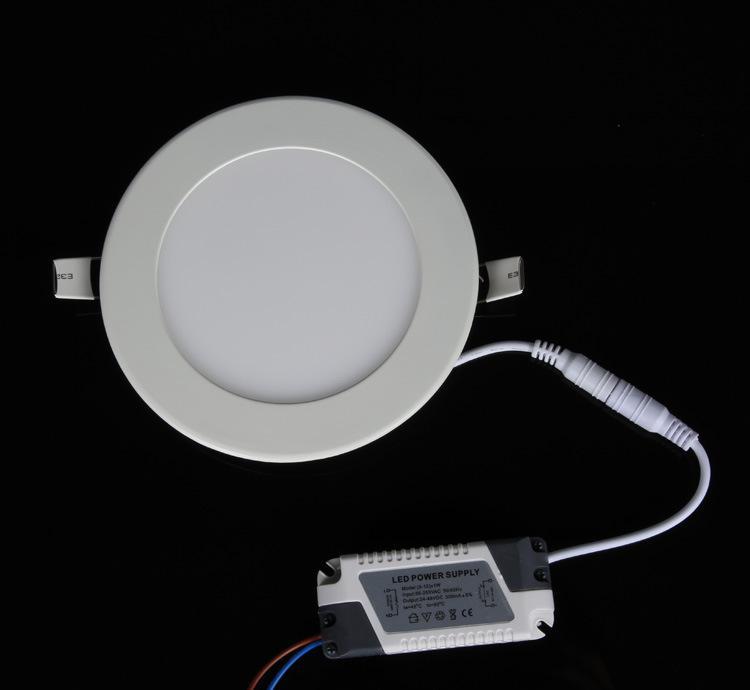
1. Brightness comparisonFix the acrylic board on the same number of modules and increase the distance little by little. In the process, we can see whether the brightness of the lamp beads meets the requirements. Naturally, it is more direct to put the module directly in the text. The higher the brightness, the higher the requirements for lamp beads and the higher the cost. A clean indoor environment can use a low-brightness environment, but if it is a full-color LED display or LED glass curtain
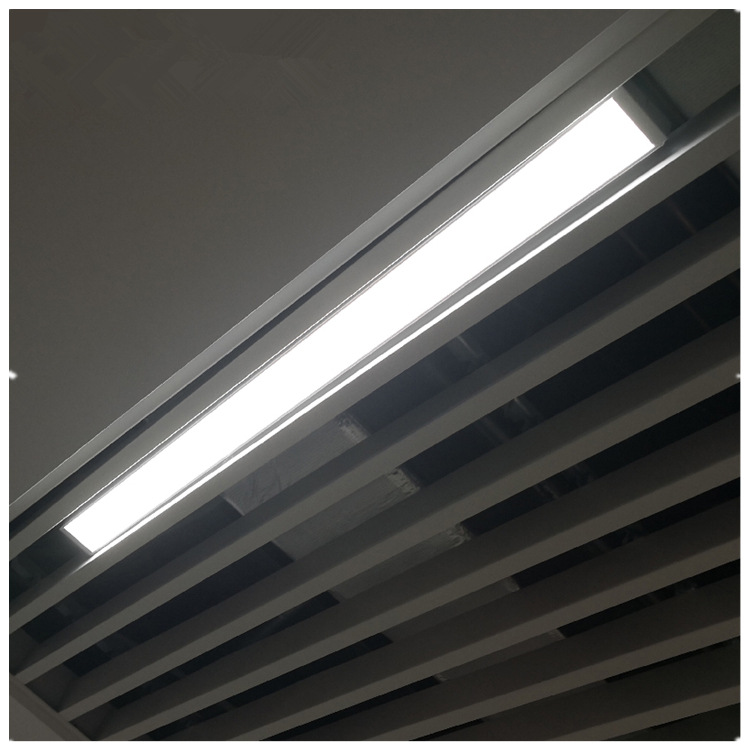
Under normal circumstances, outdoor full-color LED advertising large screens suitable for outdoor use are generally above P3, P3, P4, P5, P6, P8, P10, here is the module spacing, the LED display module spacing in P3 is 3mm, and that in P10 10mm.For example, like the P3 screen, when we watch TV outdoors, the best viewing distance is about 6 meters between the eyes and the TV. The P10 screen has the best viewing distance of about 20 meters, which makes it easier to understand.In addition, the pric
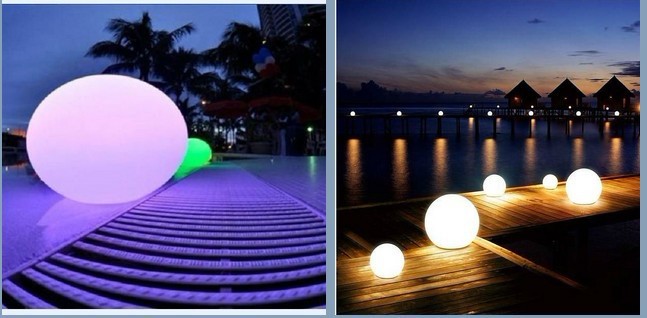
1. Features of photoresistor type: The internal photoelectric effect has nothing to do with the electrode (the photodiode is related), that is, DC power can be used; the sensitivity is related to the semiconductor material and the wavelength of the incident light; it exists in the form of a photoresistor, and the resistance of the resistor is very high when no light is received. When there is light stimulation, the resistance value decreases with the change of light intensity; epoxy resin enca
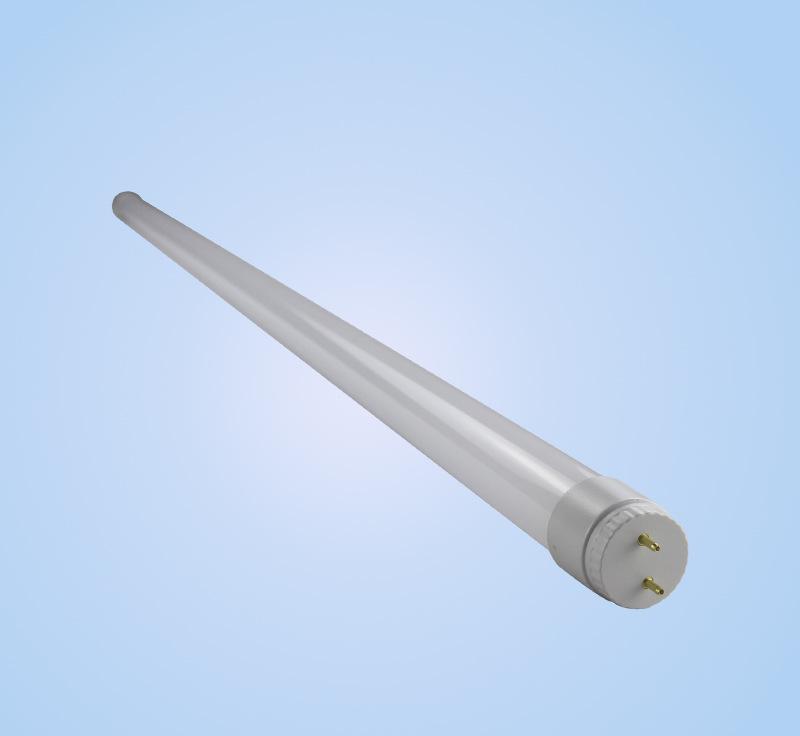
What tests do qualified direct-plug LED lamp beads need to go through? Now, let’s take a closer look with the editor of the infrared pair tube manufacturer. 1. Optical and electrical performance test; forward voltage drop, reverse current; luminous flux, spectrum, color temperature, CRI and luminous angle. 2. Lens: Identify the type of encapsulation glue and detect whether there are contaminants and bubbles. 3, phosphor coating; phosphor particle size, particle size distribution, composition
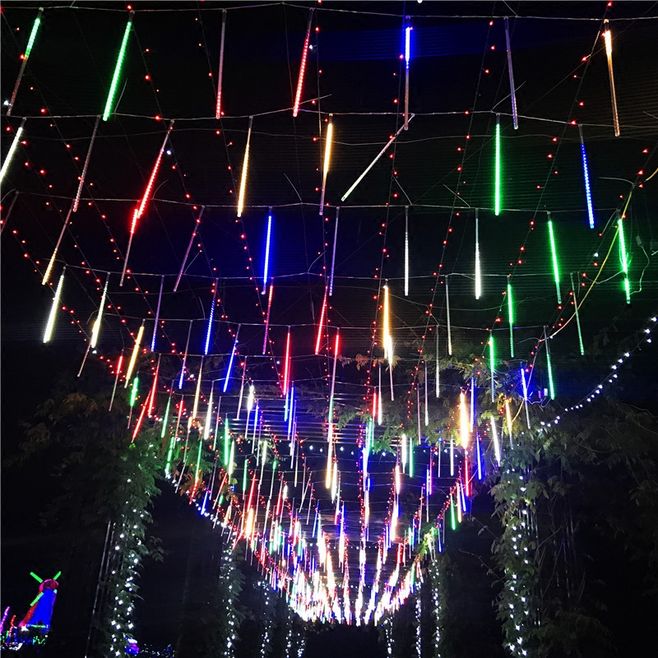
Infrared light board, it is the night light of infrared camera, most of the light board is integrated in the camera shell. There is a light control switch on the infrared light board, which is what we often call the photoresistor, because of it, the camera can control the opening and closing of the infrared light. 1. The raw materials are prepared, and the engineer designs the PCB plan, and then hands it to the PCB manufacturer for the printed circuit board. Then there is the purchase of raw m

The infrared sensor is manipulated according to the conversion of light intensity into an electronic signal. Infrared sensor is generally composed of three parts: transmitter, signal receiver and test power circuit. The signal transmitter aligns the transmitted light, and the transmitted light generally comes from semiconductor material lamp source, light-emitting diode (LED), laser diode, infrared emitting tube. The light is sent without interruption or the pulse width is changed. The signa
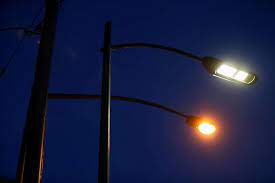
Many users have performed good debugging when installing the monitor, but when using or in a meeting, various situations often occur. Among them, the dissatisfaction of the large LED screen will make many small whites who have not touched the large LED screen a headache. , While in use or in a meeting, many small whiteboards that are not in contact with the large led screen will appear. What is the situation displayed on the screen?Reasons and solutions for dissatisfaction with the large led scr

After purchasing the LED display screen, in many cases, due to some factors, it cannot be installed immediately. In this case, the LED display screen is required for good storage. However, as a precision electronic product, LED display has high requirements on storage methods and environment, which can easily cause damage to the LED display, so today we will talk about how to store the LED display correctly.There are eight points to pay attention to when saving the LED display:1. The place where
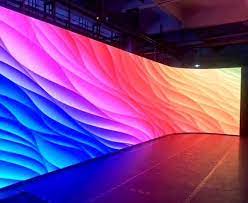
Even when we are not aware of it, LED display has become a part of our daily life. There are many different places around us, such as airports, large shopping malls, sports fields and billboards. You can see them every day, regardless of the components and structure of the LED display. There are many considerations for designing and building an impressive video wall. Here, we will discuss the basic composition and structure of LED displays. They perfectly combine engineering and creativity.The L
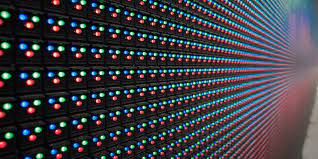
LED display screens are becoming more and more widely used in life, and large-screen display technology has also improved. At present, LCD displays are highly valued for their excellent display effects, but the splicing technology in large-screen displays has not yet reached a seamless level. The small spacing of LEDs has successfully made up for this shortcoming and has successfully risen. In the period when LCD large-screen seamless splicing technology was mature, LED displays jumped up and oc